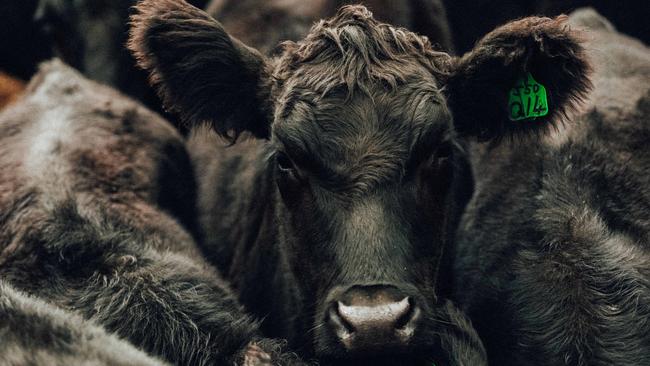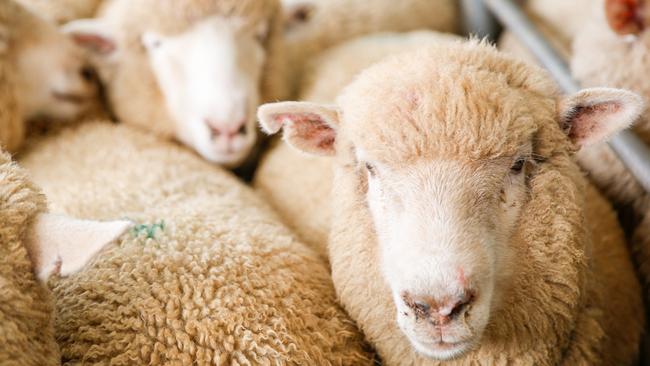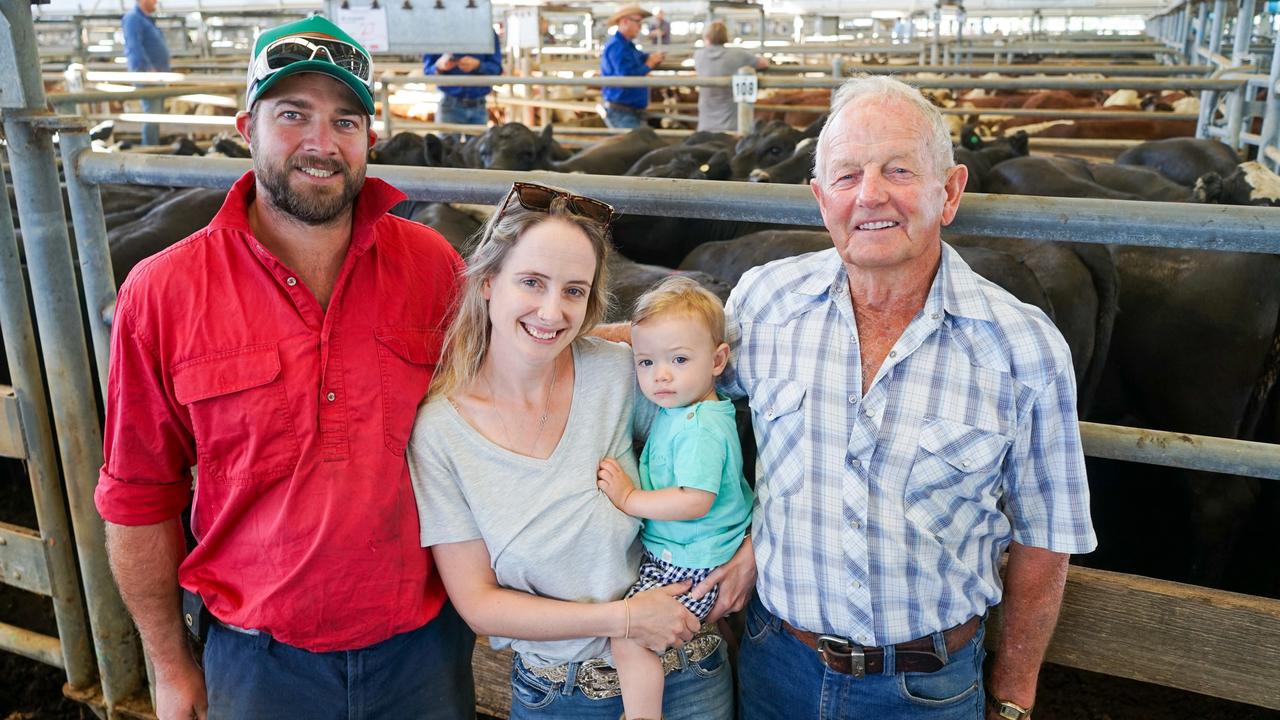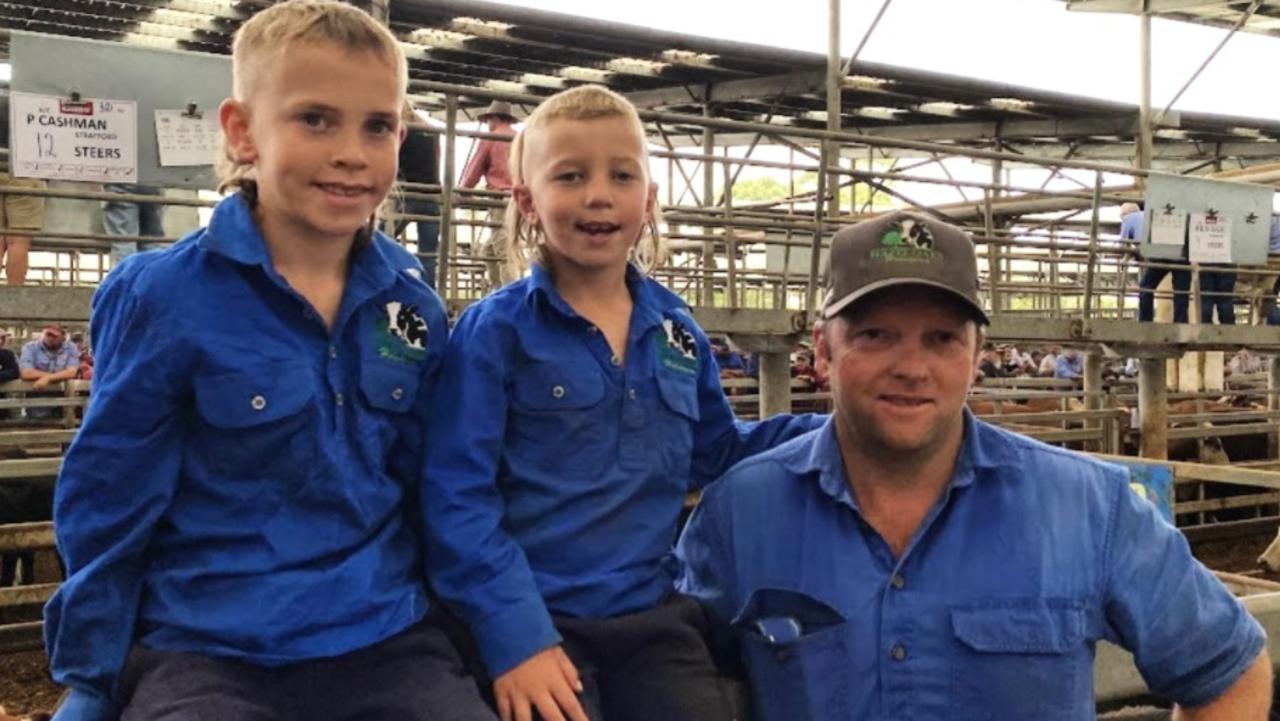Cattle yield mixed results, lamb heads towards cheaper trend
Colder conditions are influencing the quality of cattle on the market while lamb rates ease on subdued demand.

THERE were mixed results for cattle as the industry began a full trading week following Easter.
The colder and drier weather conditions are now starting to influence the market in terms of cattle quality and demand, with most saleyards reporting more store type animals suited to feeding or restocking rather than slaughter.
There was no standout trend from sales earlier in the week, rather a mishmash of results that varied between saleyard locations.
The overall result was just slight price changes to official indicator rates, with yearling to heavier steers declining by just 1c/kg while cows picked up 1c.
Once again the highlight at many yards was for young cattle selling to restockers and feedlots.
This was the focus at Wagga Wagga in the Riverina where a bigger yarding of 3200 cattle – 1200 more – went through the ring earlier this week.
The main run of 586 heavy feeder steers (over 400kg and in fat score 2 condition) sold from 410c/kg to 480c/kg to average 466c/kg, a gain of 5c the NLRS calculated.
In dollar per head terms those steers averaged $2109.
Price results for heavy yearling heifers were not far behind, lifting by 11c to an average of 450c/kg or $1945, with the NLRS describing feedlot demand as very animated this week.
Also pushing the market for young cattle at Wagga Wagga were restockers, who chased well-bred young steers in the 200-280kg size range to an average of 663c/kg to mark a significant jump of 60c on the previous sale.
The 121 steers in that run averaged $1568 to the paddock on an average weight of 236kg.
Similar sized heifers to restockers also posted a surge of 60c, averaging 576c/kg or $1377.
Results such as that fed into another buoyant result for the Eastern Young Cattle Indicator, which bounced back up to 883c/kg in carcass weight terms.
There wasn’t as much excitement for farmers selling heavier slaughter cattle, however. Bullock prices were cheaper across southern centres, with the main run of 600 to 750 well-bred grown steers at Pakenham averaging 4c less at 388c/kg to 394c/kg.
There were bigger falls of more than 10c for grown steers at Mortlake on the same day, with the limited number of quality types selling from 364c/kg to 385c/kg to export processors.
The cow market was also noticeably weaker at Mortlake, with dairy types falling by up to 30c and beef types by 10c, which meant sales over 300c/kg were rare.
However, cows sold 5c to 15c dearer at Pakenham, with the best pens of heavy beef types regularly making from 300c/kg to a top of 338c/kg.
CHEAPER TREND CONTINUES FOR LAMB
THE lamb market has yet to find its form heading towards winter, with demand still subdued in early trading this week.
Coles supermarket was again absent from the bidding ranks at Bendigo earlier this week, while buying from other processors was still selective and at lower levels than normal.
The sale was quoted as $3 to $6 easier by the National Livestock Reporting Service, with only the very best ideally weighted domestic lambs holding their value.
Cheaper trends were also evident at Dubbo in central NSW on the same day, with the bulk of lambs selling to domestic processors rated as $5 to $10 easier.
It follows on from a subdued opening to the market late last week after the Easter break.
There was a bigger offering of 34,000 lambs at Wagga Wagga in the Riverina last Thursday, and the sale highlighted the issues facing the market as good numbers of lambs continue to roll in off stubbles and dryland pasture.
Unless off supplementary feed, these lambs are now showing a decline in finish and fat cover, and are being met by selective bidding from processors, who reportedly still have decent numbers around them.
The national saleyard price indicators all posted falls earlier this week.
Heavy lambs, 22kg plus, slipped back to 802c/kg, while trade lambs were at 838c/kg, marking falls of 6c and 3c respectively on late last week.
Those categories are now 80c to 95c lower than a year ago.
Merino lambs, which are appearing in bigger numbers now, were listed at 767c/kg or 15c lower.
But against this, small restocking lambs have gained 4c to average 972c/kg, according to Meat and Livestock Australia.
In dollar a head terms, exporters were still reluctant to go above $270 for heavy lambs this week, with most sales capped between $230 and $265 for most of the crossbreds weighing over 30kg.

In carcass price terms, some superweights have been working at out less than 700c/kg, with the bulk of sales estimated between 730c/kg and 780c/kg for a ballpark average of 750c/kg.
Nicer weighted heavy and medium tradeweight lambs were mostly $185 to $215, with the main run of good crossbred lambs in the 24-26kg weight range averaging $202 at Bendigo earlier this week, according to the NLRS.
As a result, the price spread for slaughter lambs all off weights and grades is tight, at 740c/kg to 820c/kg.
In contrast to lamb, sheep have continued to trade strongly on the back of limited supplies and keen export demand.
Good lines of mutton have been selling above 700c/kg at many saleyards, pushing heavy Merinos and crossbreds to between $180 and $240 for most sheep.
MORE
HEIFERS, COWS RIDE HIGH ON LIMITED NUMBERS BUT LAMB PRICES EASE


